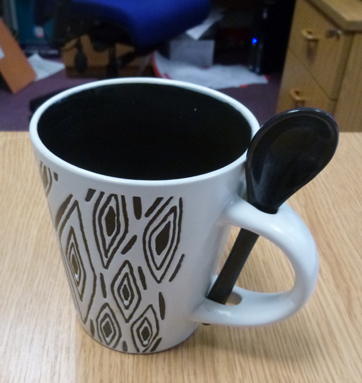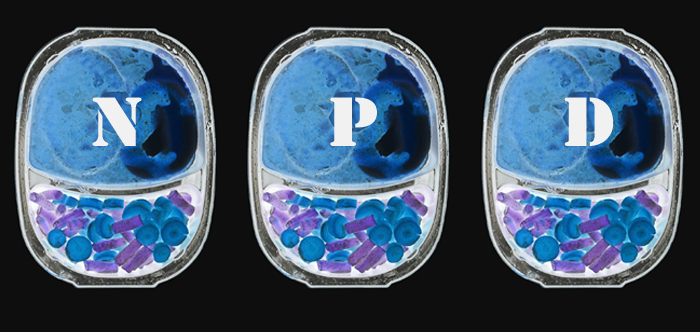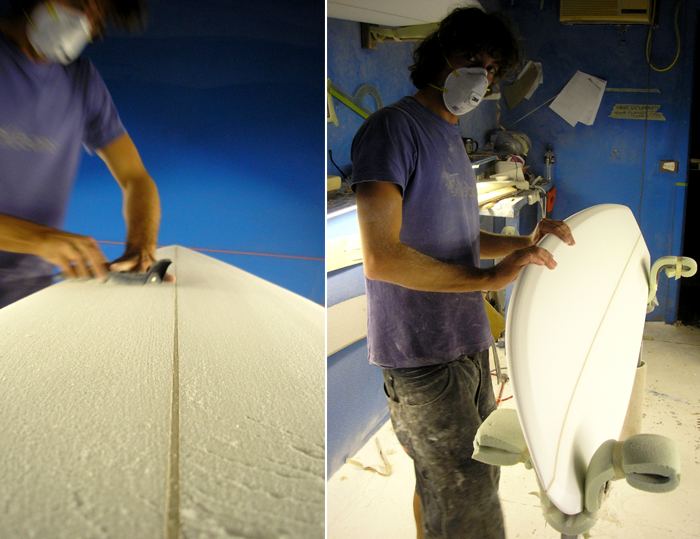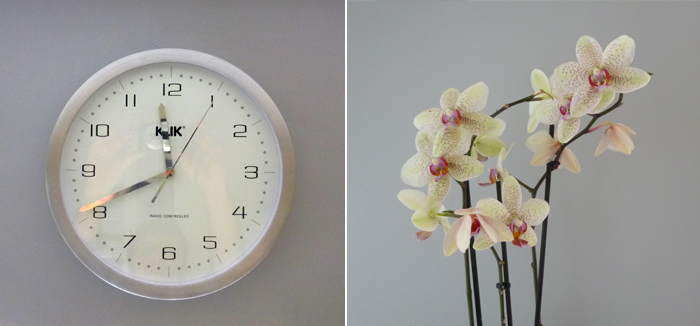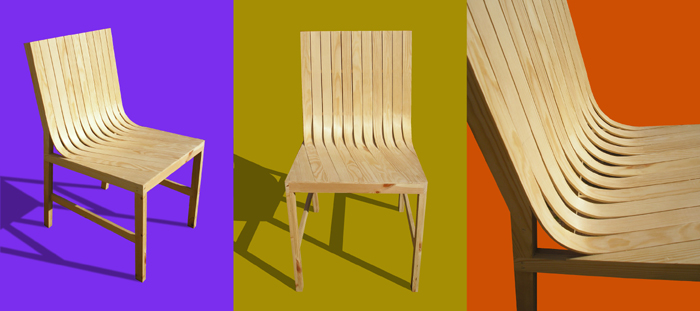
When I started designing my car, I researched the market and what was already available and researched the functional problems elderly drivers experience with cars to inform my design. I consciously chose not to address these problems using electronics, mainly because I believed that mechanical solutions could work as well with less chance of breaking and at a reduced cost. (In particular the wing mirrors). I was wrong, the solutions to the problems already exist in a much better way, electronically, with parking sensors and cameras that give you a 360 degree view of the vehicle, they are currently only available in top of the range vehicles, but they are the ideal solution to the problem. So, should I be designing the best solution, or the most affordable one. I suppose that depends on the brief, but who am I to say whether people can afford things or not, there are plenty of payment schemes available. Why should I be diluting the strength of the design at answering the problems I've identified, based on my experience of how wealthy the elderly people I know who would benefit from such a design are. The answer is I shouldn't, I should have used the latest technology, as long as it is of benefit and not gimmick, because it will surely come down in price but most importantly because it is the best solution. That was lesson number 1.
Lesson number 2, I don't mind the exterior, I think it's different to what everyone else is doing, but its not going to blow minds, it's not pushing the boundaries enough and the interior totally sucks. The seats could have been really beautiful and the whole dash area should be redesigned to be really fluid, in contrast to the exterior. It could have been amazing, except it isn't, why? There are two main problems, one is that when I'm too close to a project I can't step back an analyse it properly, the second is the danger of becoming complacent. There were times during this project, when I thought that will do. It's not a great detail that has been well resolved, but its ok and it's not one of the things that I wish to focus on in my video, so it will do. I may also have subconsciously done things because I knew I could make them quickly. Do that enough times, accepting ok details and soon the whole design will become diluted. This is a huge problem. It's funny how sometimes I know all this, I may even realise it at the time, but there's nothing I seem to be able do about it. I'm a big advocate of taking the right amount of time with the design, not rushing things but also not taking too long, so things can and did go stale. I have seriously thought about how to avoid this, how to not get too involved in the design, so that I am able to step back and analyse effectively. But as I design on my own and don't work in a team, I don't think it's possible, maybe I should start publishing work in progress on websites like Behance, but I believe there are drawbacks to this approach. The whole point about design for me, is that I get caught up in it, otherwise the design lacks passion. But it is also about iterations, this was the first car I designed. What I should have done is not published it, taken it apart and built it up again.. You cannot imagine what I can see in my head and how much better version 2 would be. This has happened with many other designs. I have said it before, its better to go too far, becuase you can always come back a few steps, than not go far enough. I know I didn't go far enough.
I'd like to say that this design was a step shift, a game changer. Not because of what it did, but for this designer, what it didn't do and what he learnt or was again reminded. It is never enough. Product tank is changing, the quality is about to go up a gear. Forever learning, never satisfied, trapped but comfortable in the constant state of being fleetingly happy when a project is finished, but then unhappy when I realise how much further I could have pushed it.
 Tuesday, November 5, 2013 at 05:29PM
Tuesday, November 5, 2013 at 05:29PM 
 revolutionary in
revolutionary in  observations
observations 





